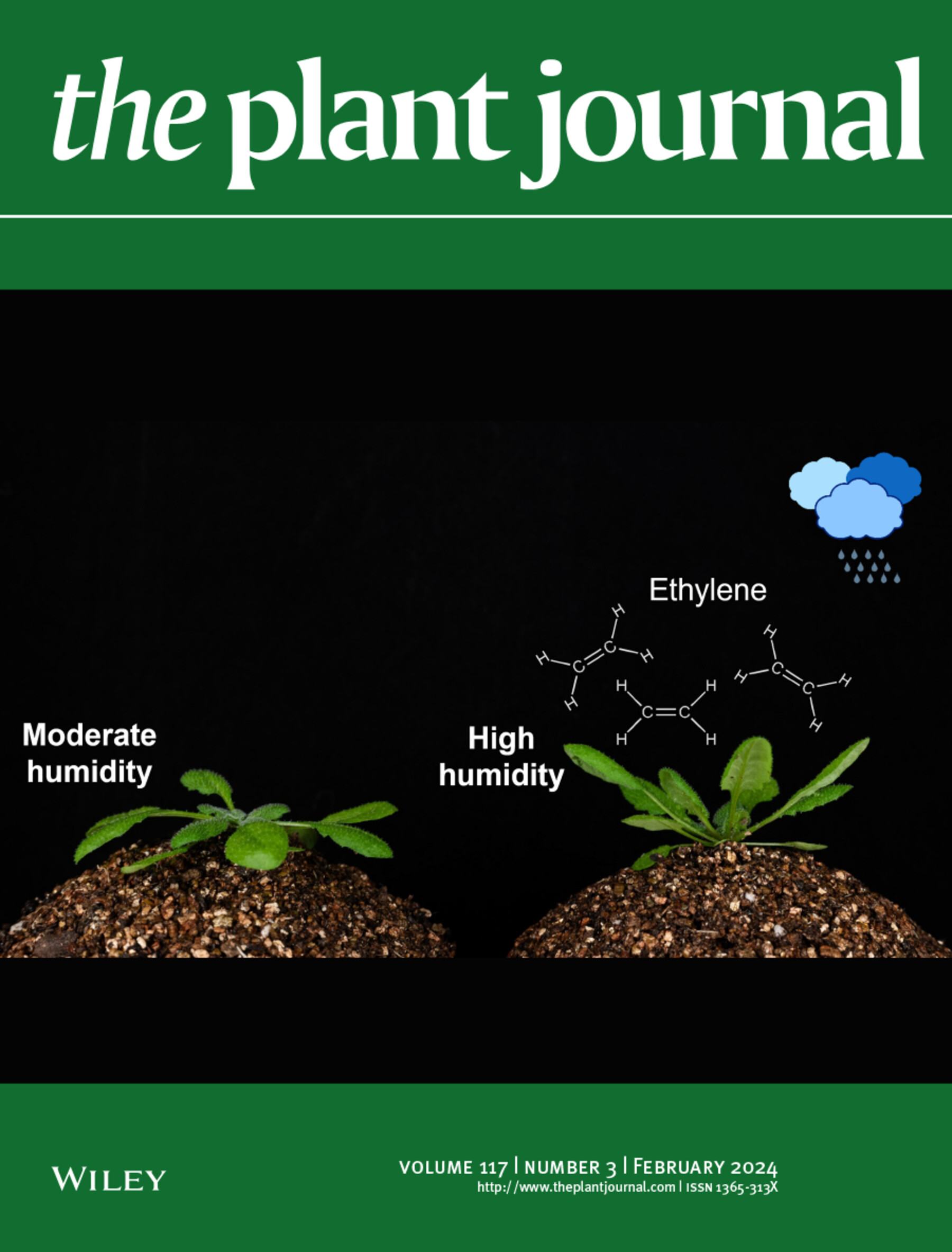Anthocyanin biosynthesis and transport synergistically modulated by RcMYB75 and RcGSTFL11 play a pivotal role in the feedforward loop in response to drought stress
Abstract
Anthocyanins, the important antioxidants and signaling molecules, are natural polyphenolic compounds widely present in plants and essential for plant defense. However, little is known about the mechanisms underlying plant anthocyanin accumulation in relation to drought stress. This study reveals that drought stress induces significant anthocyanin accumulation in Rosa chinensis, alongside an increase in the expression of the MYB transcription factor (TF) gene RcMYB75 and the glutathione S-transferase (GST) gene RcGSTFL11. When overexpressed, RcMYB75 markedly increases anthocyanin contents in both roses and tobaccos; conversely, reducing its expression significantly lowers anthocyanin contents in rose petals. RcGSTFL11 was confirmed as an anthocyanin transporter and overexpression of RcGSTFL11 can restore the anthocyanin-deficient phenotype in the Arabidopsis tt19 mutant. Transgenic roses overexpressing RcGSTFL11 exhibit enhanced anthocyanin accumulation, while those with downregulated RcGSTFL11 have reduced contents. Transcriptomic analysis indicates that RcMYB75 upregulates the expression of key genes in the anthocyanin biosynthetic pathway and the anthocyanin transport gene RcGSTFL11. Ultimately, we also found that anthocyanin accumulation in these transgenics further enhances plant resistance to drought stress. Taken together, RcMYB75 and RcGSTFL11 promote the synthesis and transport of anthocyanins and play a key role in the feedforward loop responding to drought stress in roses. This study provides insights into the molecular mechanisms by which MYB TFs contribute to anthocyanin biosynthesis and transport, as well as the adaptive strategies of roses in response to drought stress.

 求助内容:
求助内容: 应助结果提醒方式:
应助结果提醒方式:


